The Americans call the time from drying off to the first heat post-partum (after calving) as the 100-day period. This is the most important time of the year for determining the subsequent productivity of lactating cows.
The management events which occur during this period make up the 100-day programme.
This time period can be further subdivided into drying off, close up/transition period and the post-calving/fresh cow period.
Drying off
The most important task is performing the drying off process correctly. It’s important to give cows at least two months dry, as this allows renewal of lactating tissue.
In high-SCC cows that are being retained in the herd, it’s important that an even longer dry period be considered. Correct choice of dry cow preparation is important, as well as use of sealers.
Dosing for fluke, especially liver fluke, could be considered at this time also, but it’s important to note that a total kill of immature fluke is unlikely with one dose.
A second dose may also need to be considered at calving time, with special attention to withdrawal periods being observed.
Dosing for worms would be important, especially in first-calved cows. This is also important in herds where there is a history of coughing cow syndrome.
Supplementation with selenium should not be delayed until just prior to calving, as a minimum of six weeks supplementation is necessary to attain optimal levels.
Close up/transition
Milk fever prevention, through pre-calver mineral supplementation or DCAD salt supplementation or other treatments such as Vitamin D3, are important.
While feeding a dairy ration/concentrate prior to calving would be contra-indicated, feeding a beef ration (without calcium supplementation) at a rate of about 1kg per day for one to two weeks before calving should be considered in consultation with one’s own vet/nutritionist.
Not only does such ration condition the flora of the rumen to increase post-calving ration intakes, it also helps rumen mixing, which helps the cow’s ability to get the most out of the post-calving diet.
Fresh cow
The month after calving is critical to cow performance and lactation yield.
In bigger housed herds, it’s not uncommon for these fresh cows to be managed separately from other lactating cows with separate trough space.
This allows them more time to forage as their ability to fight their corner is greatly reduced due to post-calving hormonal changes and other effects such as metritis, sub-clinical ketosis and laminitis. This is even more pronounced in first-calved cows, especially in lightweight ones.
Left displaced abomasum (LDA) is becoming an ever more common condition in lactating cows.
The vast majority of LDAs occur in the first three weeks after calving. They are also more likely to occur in cows with metritis and are particularly prevalent in first-calved ones.



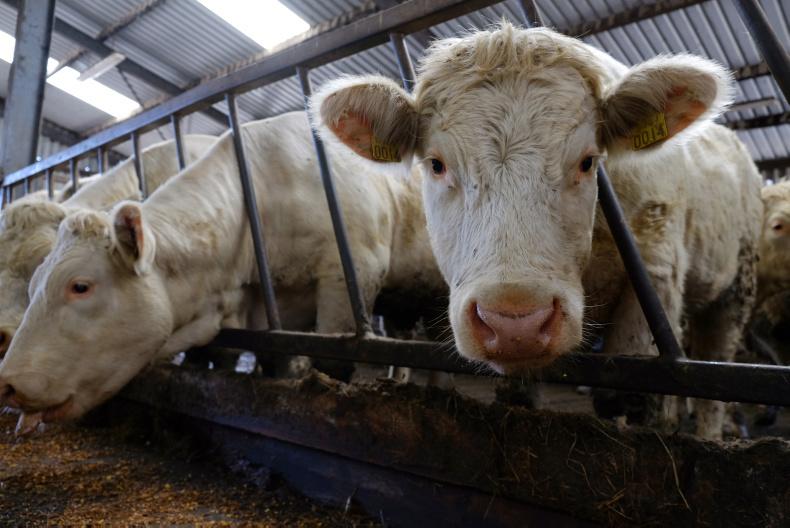

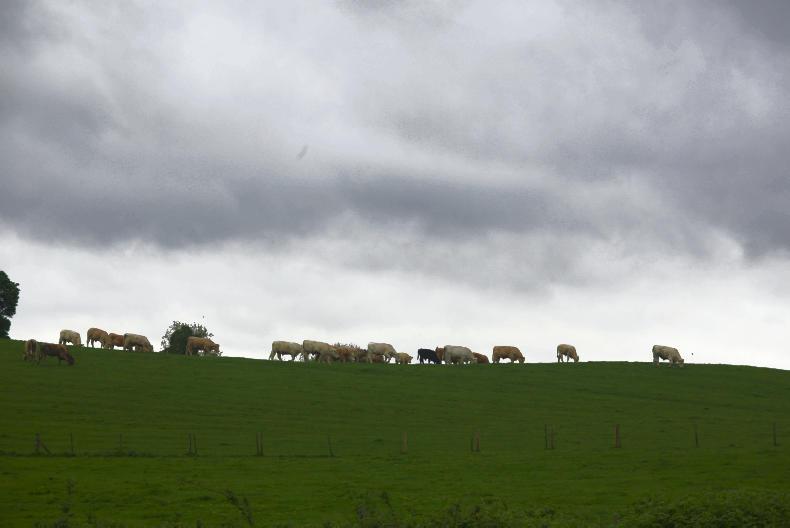

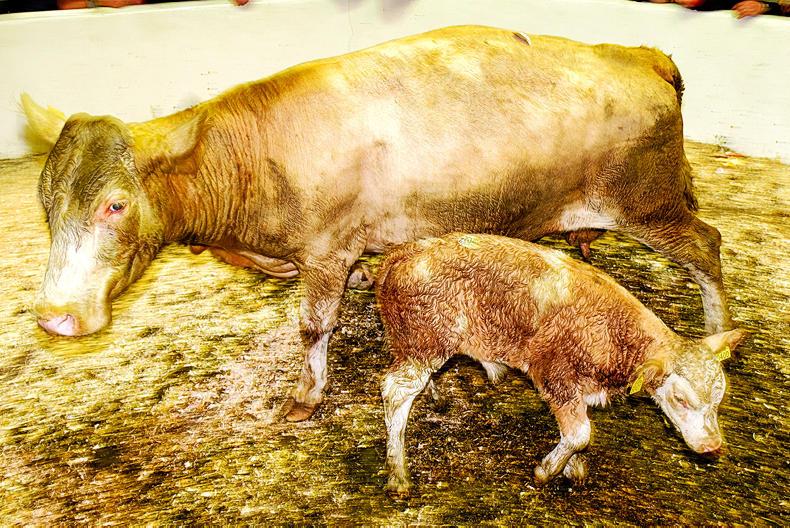
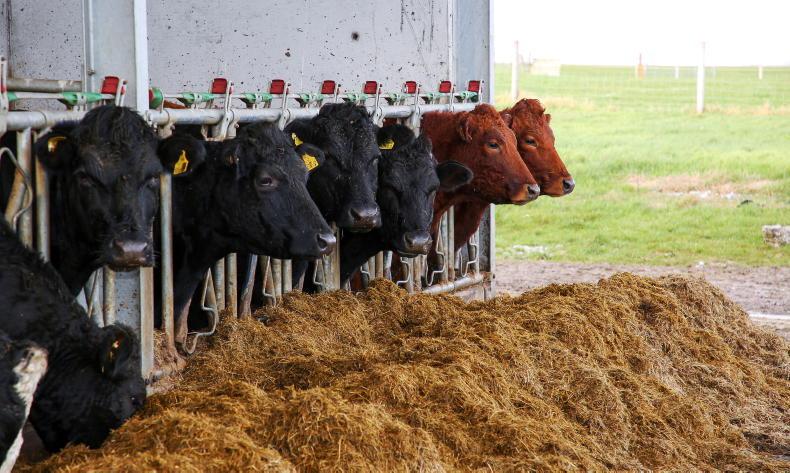
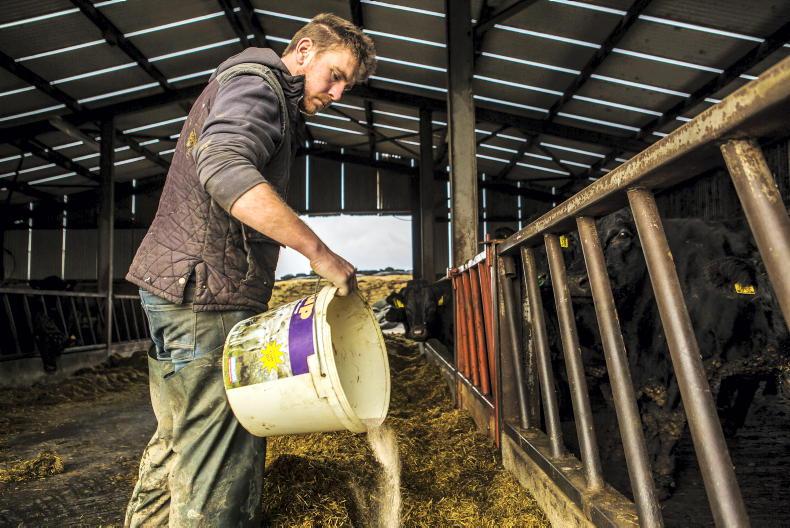
SHARING OPTIONS